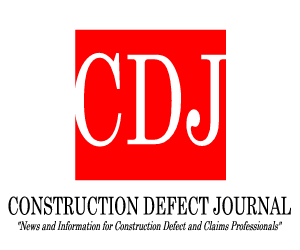Work on the Ontario Place redevelopment project has been temporarily paused after a group hoping to preserve the site won an injunction preventing further construction until a court hearing on July 19. CBC’s Clara Pasieka explains.
December 18, 2013 Westminster Magistrate Court fines Platinum Property Maintenance Ltd “for safety failings after a worker suffered life-changing injuries when he fell through a fragile garage roof at a site in Bexley,” Health and Safety Executive reports. The 39 year old injured man also “suffered brain injuries and was left partially deaf following the fall at a garage compound.” The married father of four “also fractured his shoulder and lost his peripheral vision as a result of the incident. While being treated in hospital, he contracted MRSA,” and may not be able to return to work due to his injuries and the nature of his profession.
The worker and his colleague were on the roof top removing moss and debris when the sheeting under them gave way causing the man to drop 3 metres before hitting the concrete ground. His colleague was not injured. “The Health and Safety Executive (HSE) investigated and found that no safety equipment, such as harnesses, scaffolding or boards, had been provided by the firm to prevent a fall. In addition, a risk assessment had not been carried out, no documented system of work was in place for roof repairs and there was a lack of adequate supervision.” The Court fined the company “£8,000 and ordered to pay £6,000 in costs after pleading guilty to breaching Section 3(1) of the Health and Safety at Work etc Act 1974.”
HSE inspector Peter Collingwood told IMSM Ltd London, “Work at height is inherently fraught with risk, and falls remain the single biggest cause of deaths and serious injury in the construction industry. It is therefore essential that effective management arrangements are in place to ensure risks are managed and workers are protected. Fragile roof covers provide little or no protection, and should be viewed with the same level of danger as an open void.”
http://local.imsm.com/london/news/london-building-firm-fined-for-worker-...



